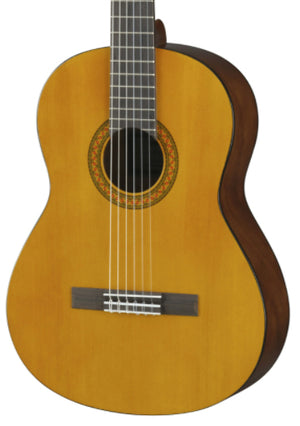Acoustic Classical Guitar
Understanding Acoustic Classical Guitars
Acoustic classical guitars are revered for their rich tones and exquisite craftsmanship. Often made from high-quality woods, these instruments are designed to produce a warm, mellow sound that is perfect for various musical styles, particularly classical, flamenco, and folk.
What Sets Acoustic Classical Guitars Apart?
Unlike their steel-string counterparts, acoustic classical guitars use nylon strings, which offer a softer touch and are easier on the fingers, making them ideal for beginners. The body design, including the wider neck, allows for fingerstyle playing, providing musicians with greater versatility and expression.
Components of an Acoustic Classical Guitar
To appreciate the acoustic classical guitar fully, it’s essential to understand its components:
Body Shape
Typically, acoustic classical guitars have a larger body shape compared to other types. This design contributes to their ability to produce a full, rich sound, resonating beautifully with each strum or pluck.
Materials
Common materials used in the construction of acoustic classical guitars include:
- Top: Spruce or cedar, which enhances sound quality.
- Back and Sides: Often made from mahogany, rosewood, or other hardwoods.
- Fingerboard: Usually constructed from rosewood or ebony for durability and smooth playability.
Playing Technique
Playing an acoustic classical guitar involves various techniques, including:
Fingerstyle Playing
Fingerstyle allows artists to pluck individual strings, enabling them to create intricate melodies and harmonies simultaneously.
Strumming
While fingerstyle is more common, strumming techniques can also be applied to create rhythmic accompaniments, especially in folk music.
Tuning and Maintenance
Regular tuning is essential for maintaining the beautiful sound of an acoustic classical guitar. Here are some tips:
Tuning
Classic guitars are typically tuned to the standard EADGBE tuning, but alternate tunings can be explored for different musical effects.
Maintenance
To prolong the life of your guitar, consider the following maintenance tips:
- Keep your guitar in a controlled environment to prevent warping.
- Regularly clean the strings and body to maintain sound quality.
- Change strings periodically to ensure optimal tone.
The Benefits of Playing Acoustic Classical Guitar
Playing the acoustic classical guitar offers numerous benefits:
Improves Musicianship
Because of the instrument's complexity and versatility, players often develop a stronger foundation in music theory and finger dexterity.
Boosts Creativity
The soothing tones and wide range of techniques encourage creativity, inspiring musicians to experiment with new sounds and compositions.
Choosing the Right Acoustic Classical Guitar
When shopping for an acoustic classical guitar, consider the following:
Skill Level
New players may want to start with a student model, while advanced musicians may seek professional-level instruments.
Budget
Classical guitars come in various price ranges; investing in a good-quality guitar can enhance your playing experience.
Brand and Quality
Research reputable brands known for their craftsmanship, such as Yamaha, Cordoba, and Romero Creations, to find the perfect fit for your needs.
Conclusion
Acoustic classical guitars represent a beautiful blend of art and music. With their unique sound, rich history, and engaging playing techniques, they are an excellent choice for any aspiring guitarist. Whether you're a beginner or an experienced player, exploring the world of acoustic classical guitars will undoubtedly enhance your musical journey.























